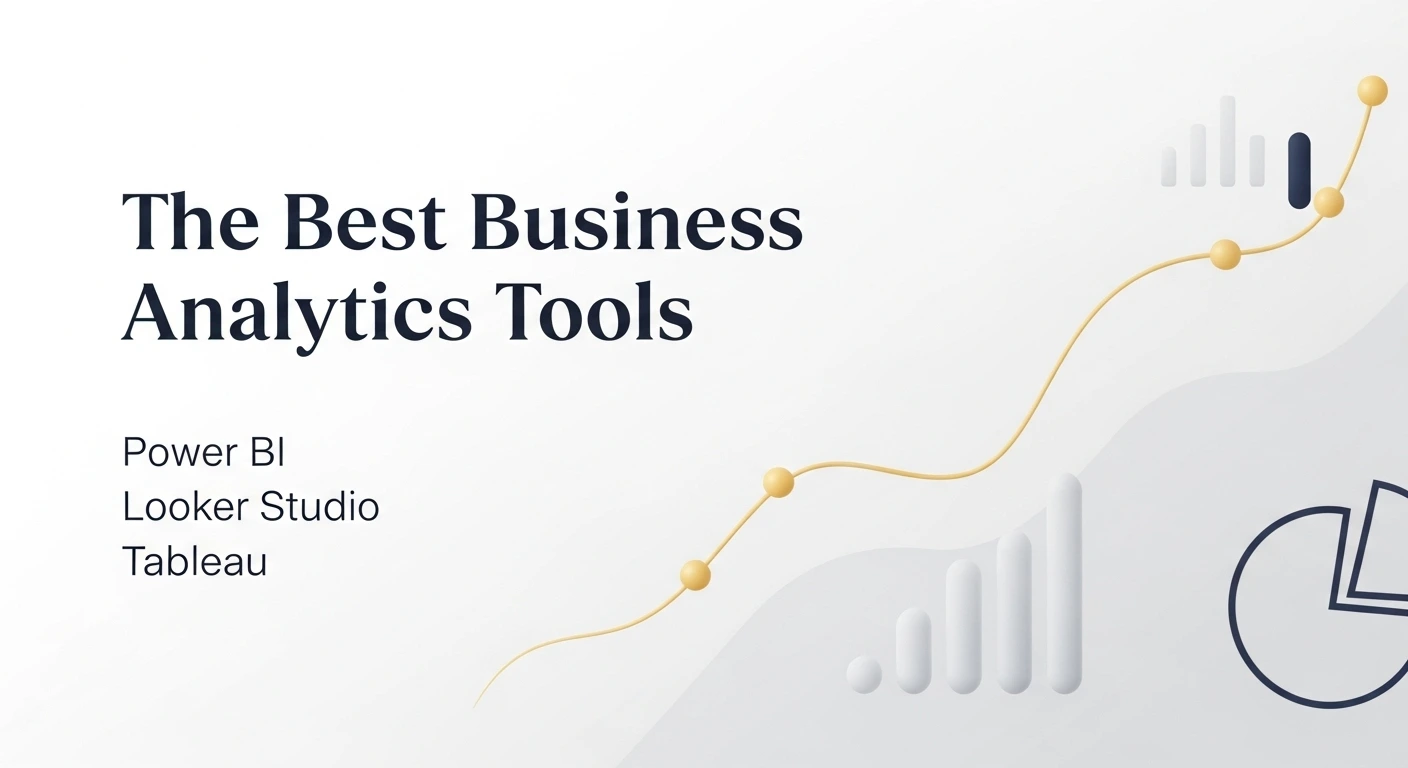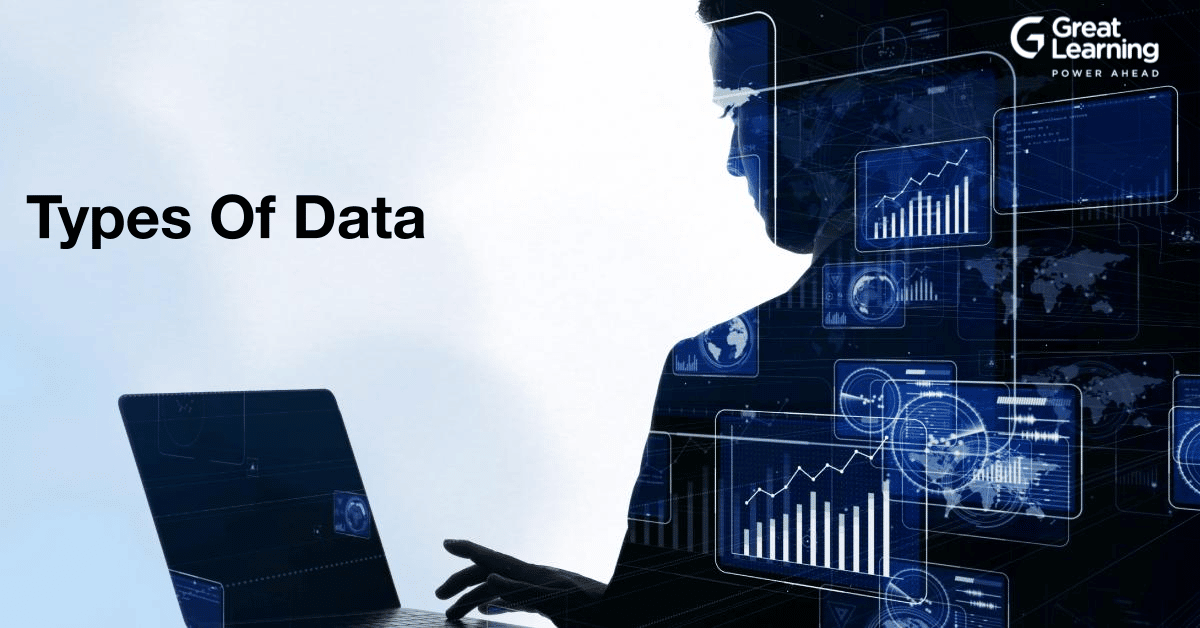Many businesses collect vast amounts of data but struggle to use it effectively. This leads to missed opportunities and reactive decision-making. Business analytics (BA) tools solve this problem by turning raw data into actionable insights. This guide explains what they are, how to choose one, and how to use it effectively.
What is a Business Analytics Tool?
A business analytics tool is software that processes and analyzes data to uncover trends and patterns. It helps organizations connect to various data sources, such as your CRM and financial software, to make informed, data-driven decisions.
This means you can move from guessing what works to knowing what works. For example, a business analytics tool can analyze sales data to identify your most profitable customer segment.
Key Features to Look for in Business Analytics Software
When exploring options, focus on a core set of essential features. You should choose software that allows you to:
- Consolidate data into interactive dashboards that allow users to filter and explore information.
- Visualize complex information using charts, graphs, and maps to simplify interpretation.
- Generate automated reports on key performance indicators (KPIs) to save time and ensure consistent monitoring.
- Connect to multiple data sources, including databases, cloud applications, spreadsheets, and APIs.
Types of Business Analytics
Business analytics is a range of analyses, not a single activity. Most tools specialize in one or more of these four types:
- Descriptive Analytics: This answers the question, "What happened?" It summarizes historical data to provide a clear picture of past performance. Examples include weekly sales reports or website traffic summaries.
- Diagnostic Analytics: This answers the question, "Why did it happen?" It involves analyzing the data to identify the root causes of outcomes. For instance, you could analyze why sales dropped in a specific region.
- Predictive Analytics: This answers, "What is likely to happen?" It uses statistical models and machine learning to forecast future trends. Predictive analytics can help with inventory planning or identifying customers at risk of churn.
- Prescriptive Analytics: This answers, "What should we do about it?" It goes beyond prediction to recommend specific actions to achieve a desired outcome. For example, it might suggest the optimal pricing for a new product.
Top Business Analytics Tools: A Comparison
Choosing a perfect tool depends on your team's needs, technical skills, and budget. While many options exist, these three platforms represent common choices for businesses of all sizes.
Tool Comparison Summary
| Tool | Best For | Starting Price | Key Feature | Last Verified |
|---|---|---|---|---|
| Microsoft Power BI | Teams using the Microsoft ecosystem | $14/user/month (Pro plan) | Seamless Excel & Azure integration | Oct 16, 2025 |
| Tableau | Advanced data visualization | $75/user/month (Creator plan) | High-quality, polished graphics | Oct 16, 2025 |
| Google Looker Studio | Free dashboards & reporting | Free | Native integration with Google Analytics & Ads | Oct 16, 2025 |
Microsoft Power BI
Microsoft Power BI is a business analytics tool that provides interactive visualizations and business intelligence capabilities in a simple interface. Users can easily create their own reports and dashboards using this tool.
Pros:
- It gets integrated seamlessly with Microsoft products (Excel, Azure).
- Offers a powerful free version for personal (non-organizational) analysis.
- Provides a user-friendly drag-and-drop interface.
Cons:
- It becomes complex when handling very large datasets.
- Restricts the desktop application to Windows users (Not available in Linux and macOS)
- Requires a Pro license ($10/user/month) for sharing.
Data Visualization using Power BI
Learn how to transform raw data into meaningful insights with Power BI. This course covers essential visualization techniques to help you create compelling, interactive dashboards and reports.
Tableau
Tableau is a powerful data visualization platform focused on making analytics accessible to everyone. It is known for its high-quality graphics and flexible dashboarding capabilities.
Pros:
- Can creates polished and visually appealing charts.
- Can connect with a vast number of different data sources.
- It has a strong and active user community for support.
Cons:
- The price is higher than that of many competitors.
- Presents a steeper learning curve for advanced features.
- Requires a lot of system resources for large datasets.
Data Visualization using Tableau
Learn how to use Tableau for data visualization and transform raw data into meaningful insights. With interactive charts and dashboards, you can easily explore trends and make informed decisions.
Google Looker Studio
Google Looker Studio is a free tool that turns your data into informative, easy-to-read, and easy-to-share dashboards. It was formerly known as Google Data Studio.
Pros:
- It is a completely free platform for all users.
- It gets natively integrated with Google products like Analytics and Ads.
- Provides simple collaboration features similar to Google Docs.
Cons:
- Lacks the advanced data modeling features of paid tools.
- Relies on third-party connectors for non-Google data sources.
- Slows down when handling dashboards with many data sources.
Free Looker Studio Course with Certificate
Learn to transform data into compelling visuals with Looker Studio. Perfect for marketers, analysts, and data enthusiasts.
How to Choose the Right Business Analytics Tool
Selecting the right software requires a structured approach. Follow these steps to make an informed decision that aligns with your business goals.
- Define Your Business Goals: Start by identifying what you want to achieve. Are you trying to increase sales, reduce costs, or improve customer satisfaction? Your goal determines which KPIs to track.
- Assess Your Data Sources: List all systems where your data is stored, such as your CRM, accounting software, and marketing platforms. Ensure your chosen tool can connect to them easily.
- Consider Your Team's Skills: Evaluate the technical skill level of your team. For non-technical users, a tool with a simple, drag-and-drop interface like Microsoft Power BI or Google Looker Studio could be helpful.
- Evaluate Scalability and Cost: Remember future needs, including licensing fees, implementation costs, and training. Choose a tool that can scale as your business grows and your data volume increases.
Suggested: Power BI vs Looker Studio: Which One Is Better for You?
Implementing a Business Analytics Tool
Once you have chosen a tool, its proper implementation is essential for success. For a smooth rollout, follow these general steps:
- Connect and Prepare Your Data: Link the tool to your primary data sources. This may involve cleaning and transforming the data to ensure it is accurate and consistent for analysis.
- Build Initial Dashboards: Create a set of core dashboards that track your most important KPIs. Focus on answering the key questions you identified in the goal-setting phase.
- Train Your Team: Provide training to ensure users are comfortable navigating the tool. Concentrate on how to interpret dashboards, ask questions, and use data to inform their daily work.
- Iterate and Expand: Start with a small set of reports and expand over time. As your team becomes more familiar with the tool, they will discover new questions to ask, leading to more advanced analyses.
Also Read: How to Automate Business Reports with Generative AI
Frequently Asked Questions (FAQ)
1. What is the difference between business analytics and business intelligence?
Business intelligence (BI) focuses on descriptive analytics- what happened in the past. Business analytics (BA) is a broader term that includes BI but also adds predictive and prescriptive analytics to forecast future outcomes and recommend actions.
2. How much do business analytics tools cost?
Costs vary widely. Google Looker Studio is free. Entry-level paid plans, such as Microsoft Power BI Pro, start around $10 per user per month. More advanced tools like Tableau can cost $75 or more per user per month for a creator license.
3. Can I use spreadsheets like Excel for business analytics?
Yes, spreadsheets are a primary form of business analytics tool, suitable for simple descriptive analysis. However, dedicated BA tools are better for handling large datasets, connecting to multiple live data sources, creating interactive dashboards, and executing advanced predictive analytics.
Learn Excel for powerful data analysis and enhance your skills for better decision-making.






